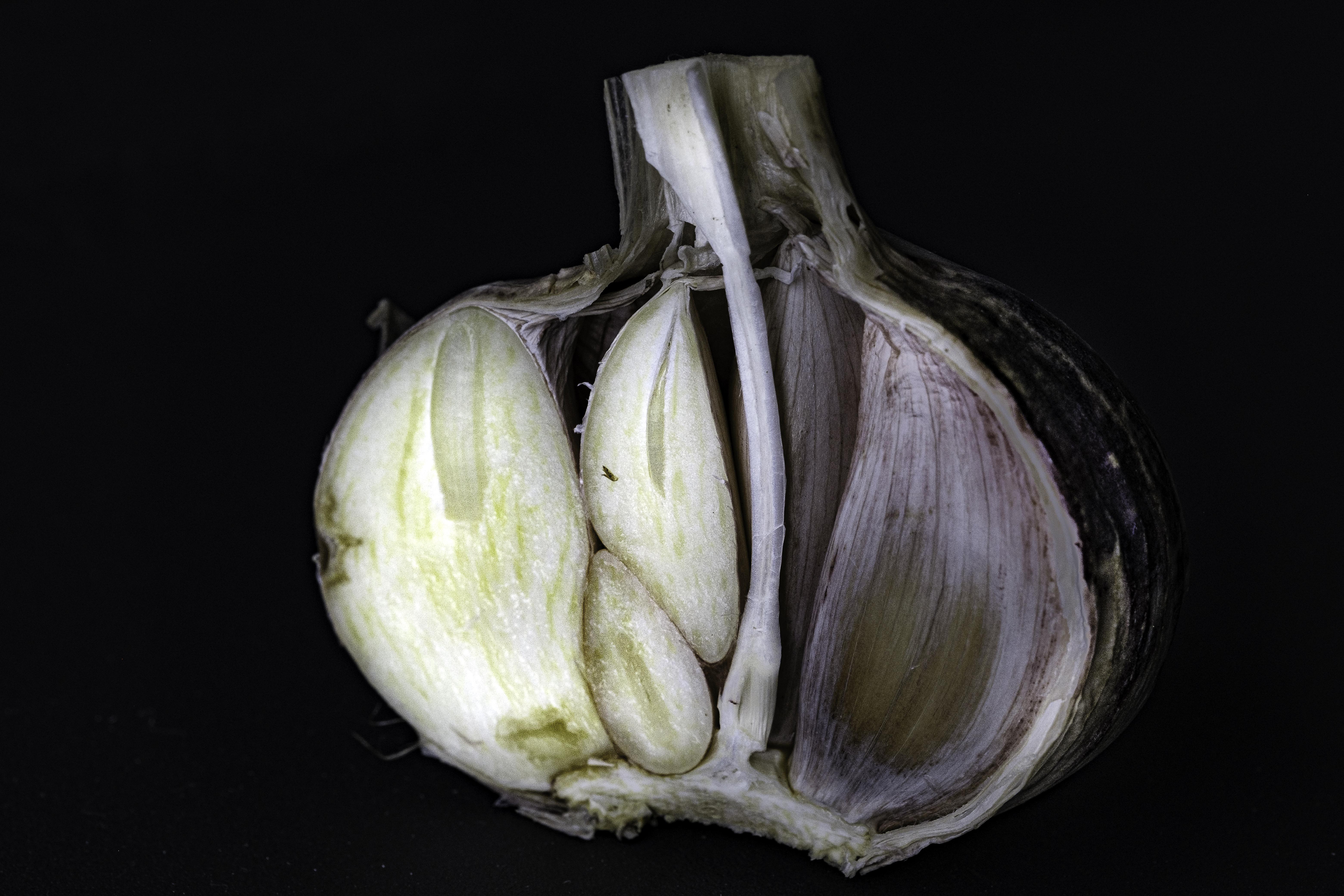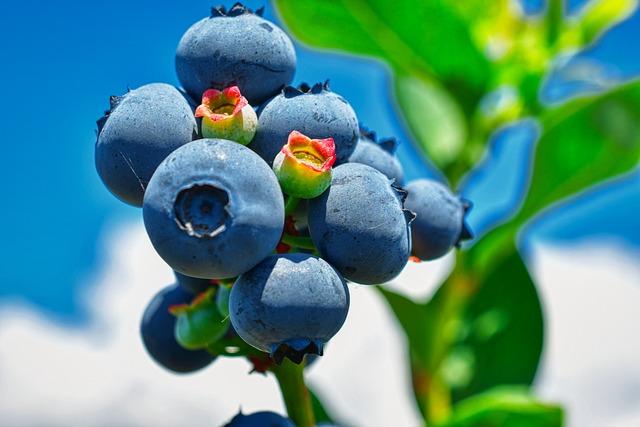In recent years, the term “superfoods” has become synonymous with health and vitality, conjuring images of vibrant açai bowls and chia seed puddings gracing Instagram feeds worldwide. These nutrient-dense ingredients promise a wealth of benefits, from boosting energy to enhancing longevity. Yet, as the popularity of these exotic imports grows, so too do the whispers of concern about their environmental impact. Beneath the surface of their alluring appeal lies a complex web of global supply chains, carbon footprints, and ecological consequences. This article delves into the intriguing paradox of imported superfoods, exploring whether their journey from distant lands to our tables is as green as the kale they often accompany. Join us as we unravel the sustainability of these modern dietary staples, weighing their celebrated virtues against the pressing need for environmental stewardship.
Environmental Footprint of Exotic Superfoods
As the popularity of exotic superfoods like quinoa, acai, and goji berries continues to surge, it’s crucial to examine the environmental implications of their global demand. These nutrient-packed foods often travel thousands of miles from their native lands to reach supermarket shelves, contributing significantly to carbon emissions. The journey from farm to table involves complex supply chains that include air freight, extensive packaging, and refrigeration, all of which leave a substantial carbon footprint.
- Carbon Emissions: The transportation of superfoods from distant countries significantly increases carbon emissions.
- Water Usage: The cultivation of some superfoods, such as avocados, demands enormous water resources, often in regions already facing water scarcity.
- Land Degradation: Intensive farming practices to meet global demand can lead to soil erosion and loss of biodiversity.
Moreover, the rise in demand can also lead to overharvesting, impacting local ecosystems and communities who rely on these resources. While the health benefits of superfoods are undeniable, it’s essential to consider the environmental costs associated with their consumption. Supporting sustainable farming practices and choosing locally grown alternatives when possible can help mitigate these impacts.

Balancing Nutritional Benefits and Ecological Costs
While the nutritional allure of superfoods like quinoa, acai berries, and chia seeds is undeniable, their journey from farm to table often leaves a significant ecological footprint. These nutrient-rich foods, hailed for their health benefits, often travel thousands of miles before reaching our plates. This extensive transportation not only increases carbon emissions but also involves energy-intensive processes such as refrigeration and packaging. The global demand for these products can lead to over-farming, which in turn affects local biodiversity and soil health.
To balance nutritional benefits with ecological considerations, consumers can explore local alternatives that offer similar health advantages without the environmental costs. Some steps to consider include:
- Research local superfoods: Many regions have their own nutrient-dense crops that are often overlooked in favor of trendy imports.
- Support sustainable practices: Choose products from companies that prioritize sustainable farming methods and fair trade practices.
- Be mindful of consumption: Incorporate imported superfoods as part of a varied diet, rather than relying on them exclusively.

Local Alternatives to Globally Sourced Superfoods
- Kale vs. Spirulina: While spirulina, a nutrient-rich algae, is often imported from afar, local kale can offer a robust profile of vitamins A, C, and K. This leafy green is easily grown in many regions, making it a sustainable alternative to the globetrotting spirulina.
- Flaxseeds vs. Chia Seeds: Chia seeds, hailed for their omega-3 fatty acids, often travel long distances to reach our shelves. In contrast, flaxseeds, which can be cultivated in local climates, provide a similar nutritional benefit with a smaller carbon footprint.
- Honey vs. Agave Syrup: While agave syrup may be all the rage, local honey not only offers a sweet alternative but also supports local beekeepers and biodiversity. This golden nectar is rich in antioxidants and can be sourced sustainably from local apiaries.
- Wild Berries vs. Goji Berries: Goji berries, known for their high antioxidant content, often journey from distant lands. Instead, wild berries such as blueberries, blackberries, and raspberries can be foraged or locally grown, offering similar health benefits without the hefty environmental cost.
Choosing local alternatives not only supports regional farmers but also contributes to reducing the environmental impact associated with the transportation of these popular superfoods. By opting for what grows in your own backyard, you can enjoy the benefits of nutrient-dense foods while promoting sustainability and environmental stewardship.

Practical Steps Toward Sustainable Superfood Consumption
- Embrace Local Alternatives: One of the most effective ways to reduce the carbon footprint associated with imported superfoods is to explore local alternatives. Many regions boast nutrient-rich options that can be just as beneficial as their imported counterparts. For example, instead of relying on goji berries from China, consider using local berries like blueberries or elderberries, which are rich in antioxidants.
- Seasonal Consumption: Eating seasonally not only supports local agriculture but also reduces the need for long-distance transportation, which can significantly lower emissions. Incorporating seasonal produce into your diet ensures that you are consuming fresh and nutrient-dense foods while supporting sustainable farming practices.
- Mindful Purchasing: When purchasing superfoods, look for certifications such as Fair Trade or organic labels. These certifications often indicate that the product has been sourced responsibly, ensuring fair wages for workers and environmentally-friendly farming practices. Additionally, buying in bulk can reduce packaging waste and further lessen environmental impact.
- Grow Your Own: If possible, consider cultivating your own superfoods. Even with limited space, small herbs like parsley or nutrient-dense greens like kale can be grown in containers or small garden plots. This not only provides a fresh supply of superfoods but also reconnects you with the food production process.
Final Thoughts
As we navigate the complex web of global food systems, the allure of imported superfoods remains undeniably potent, promising health benefits wrapped in exotic allure. Yet, beneath their vibrant colors and nutritional promises lies a challenging narrative of environmental sustainability. While these superfoods traverse continents to grace our tables, they leave behind a trail of carbon footprints, water consumption concerns, and socio-economic implications in their countries of origin.
As conscious consumers, the power to shape a more sustainable future rests in our hands—or, perhaps more fittingly, our shopping baskets. By opting for locally sourced alternatives, supporting fair trade practices, and advocating for transparent supply chains, we can savor the flavors of the world without compromising the planet we call home. The journey towards a sustainable diet may be complex, but with every mindful choice, we inch closer to a harmonious balance between health and environmental stewardship.
the question isn’t just about whether imported superfoods are environmentally unsustainable—it’s about whether we are willing to make the changes necessary to transform the narrative. The path forward is ours to choose, and every step counts.
